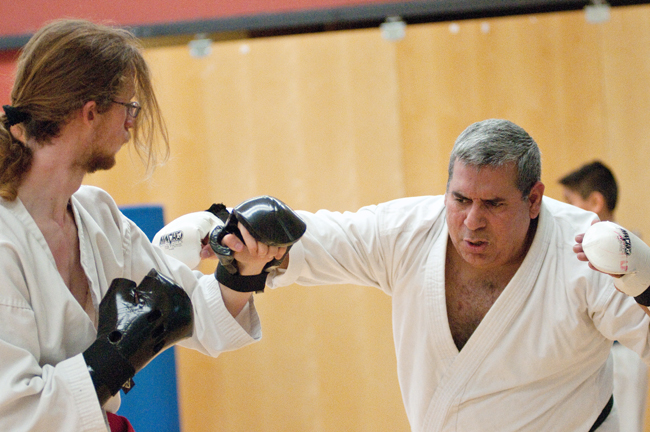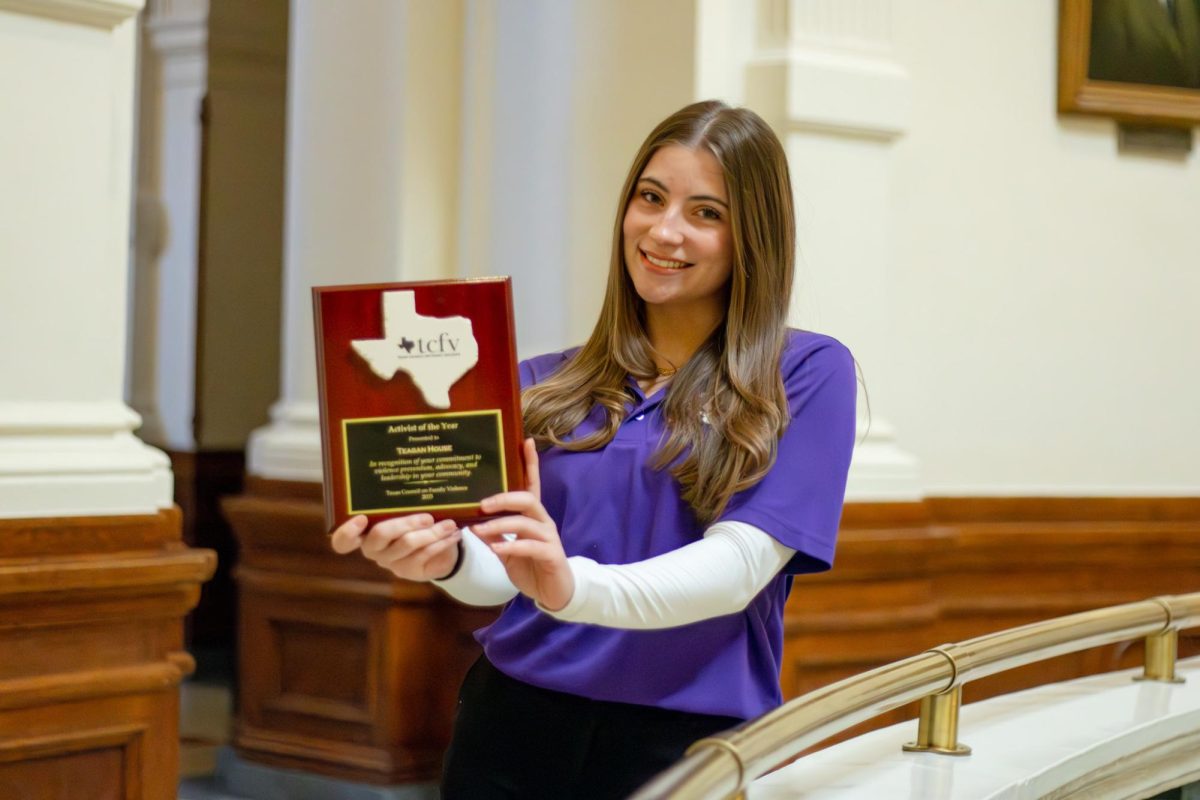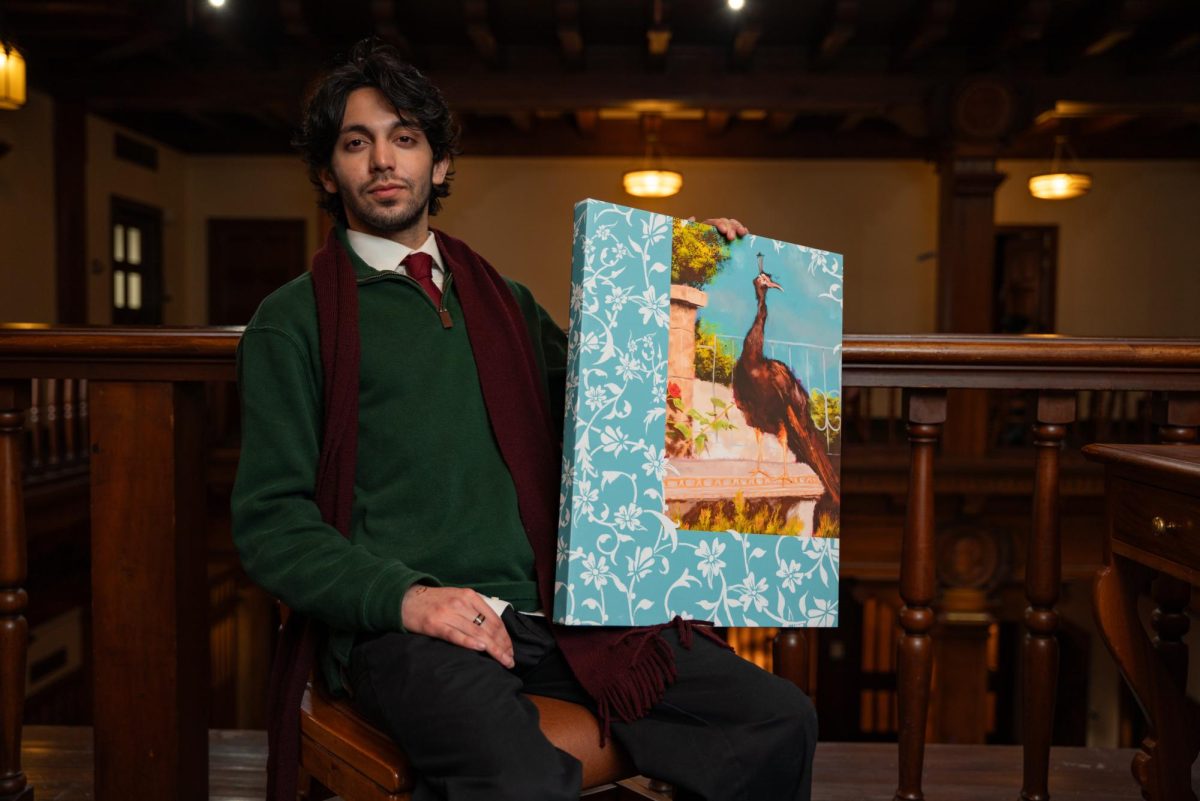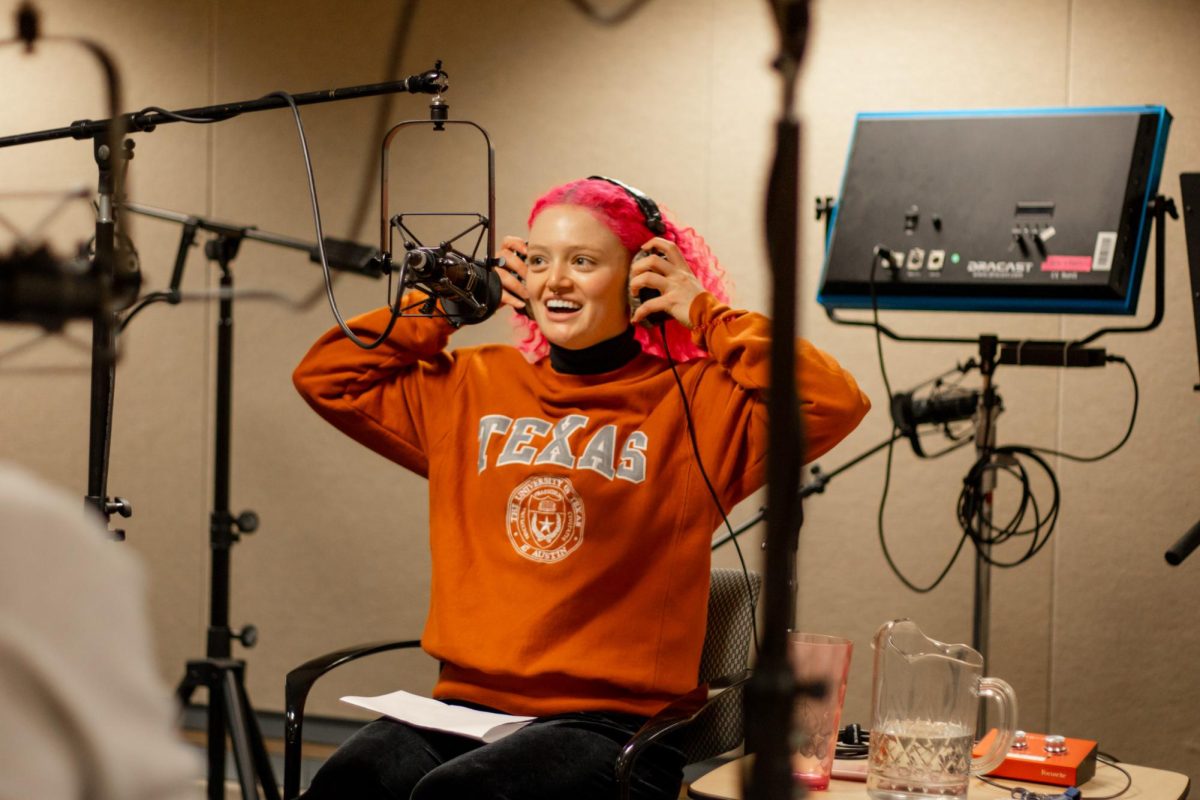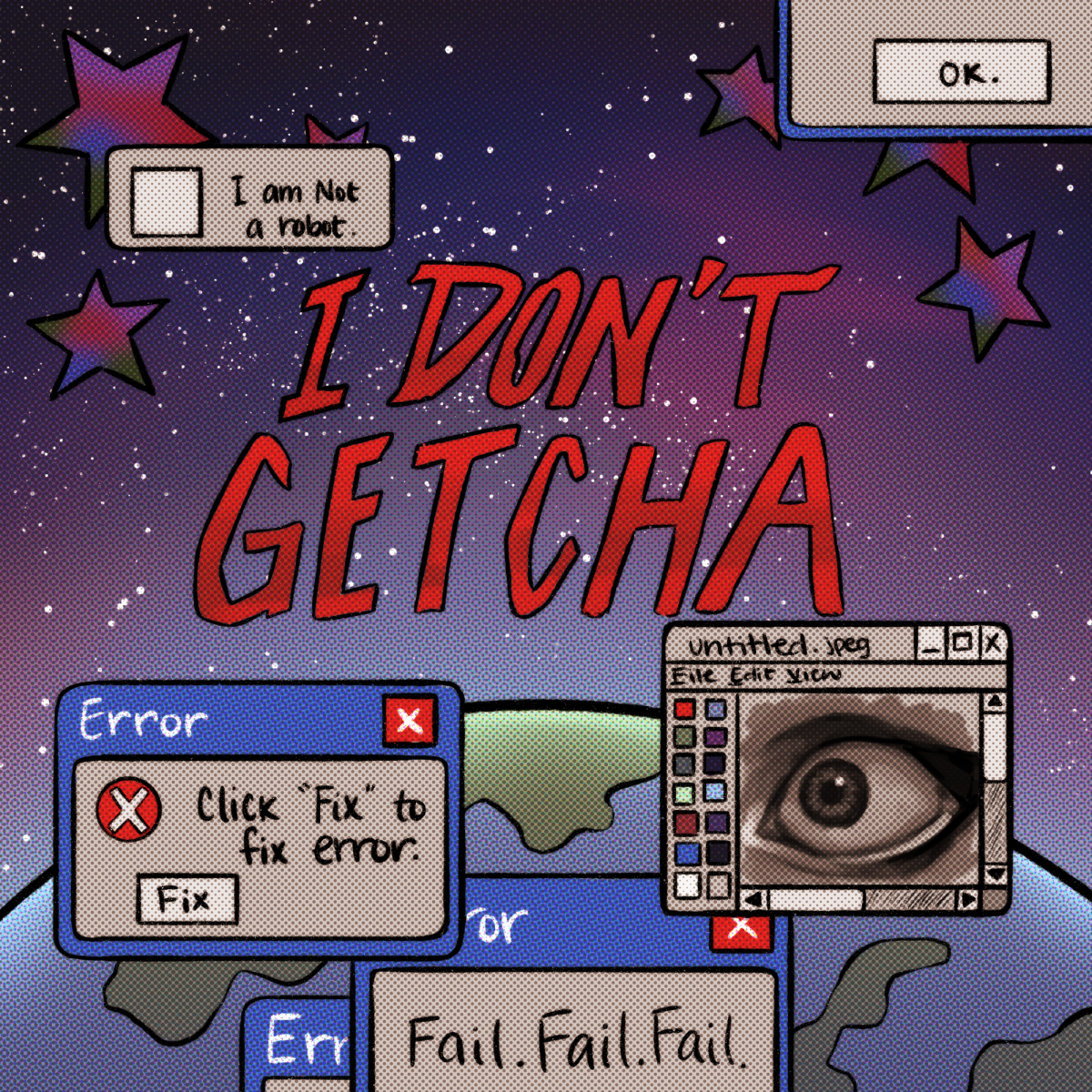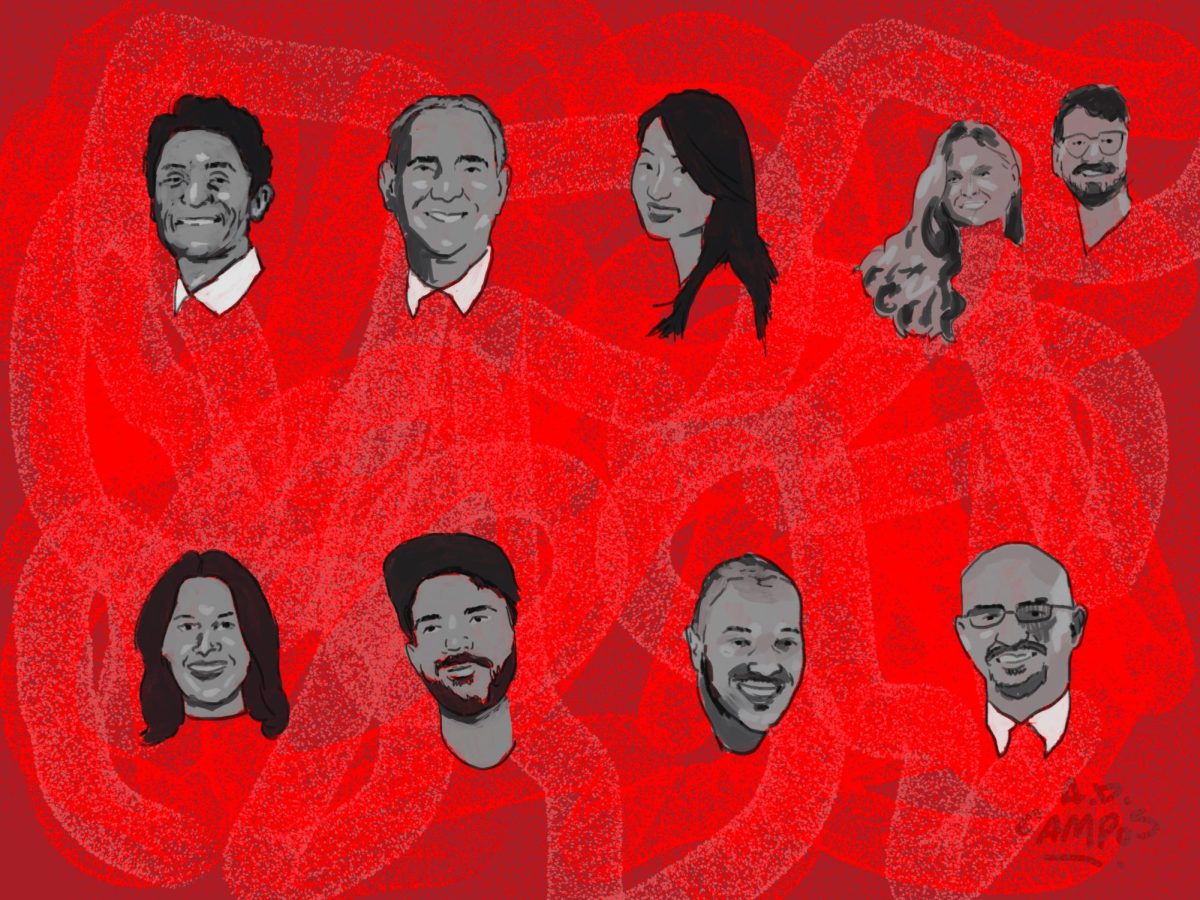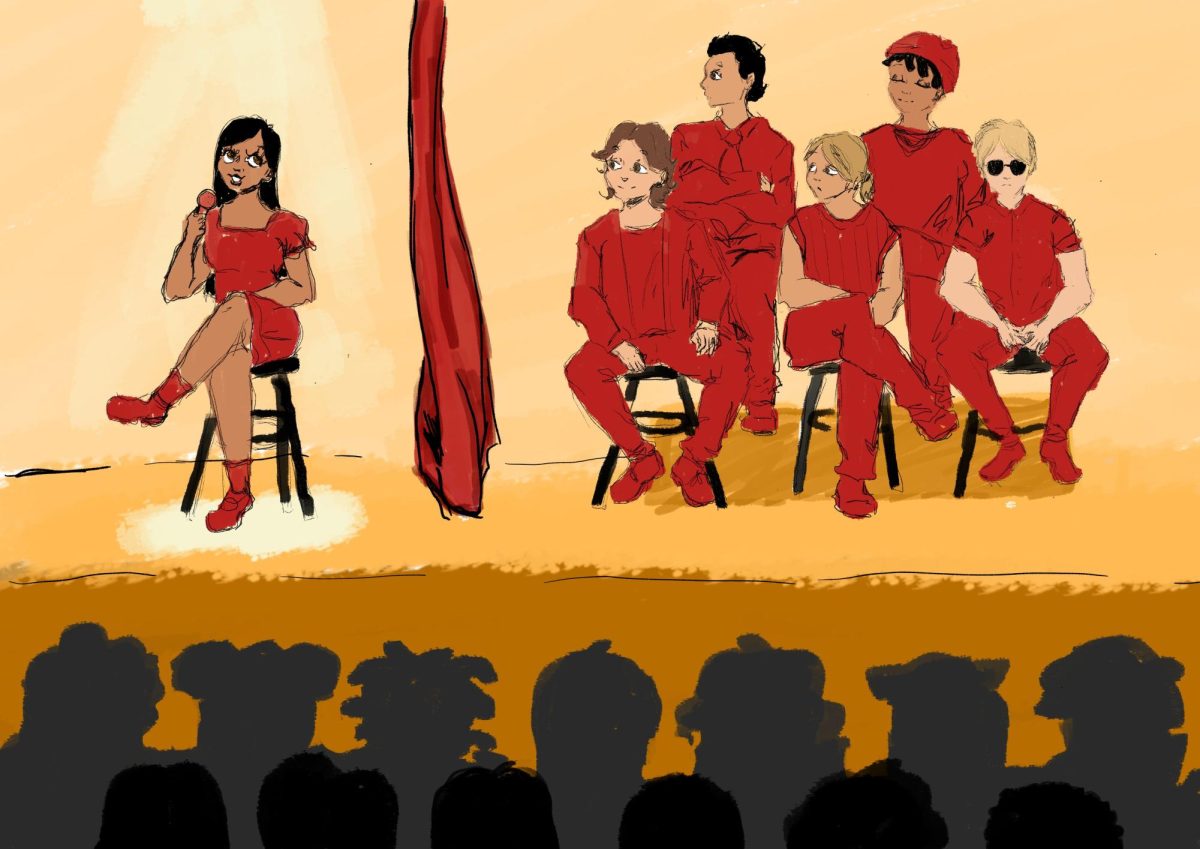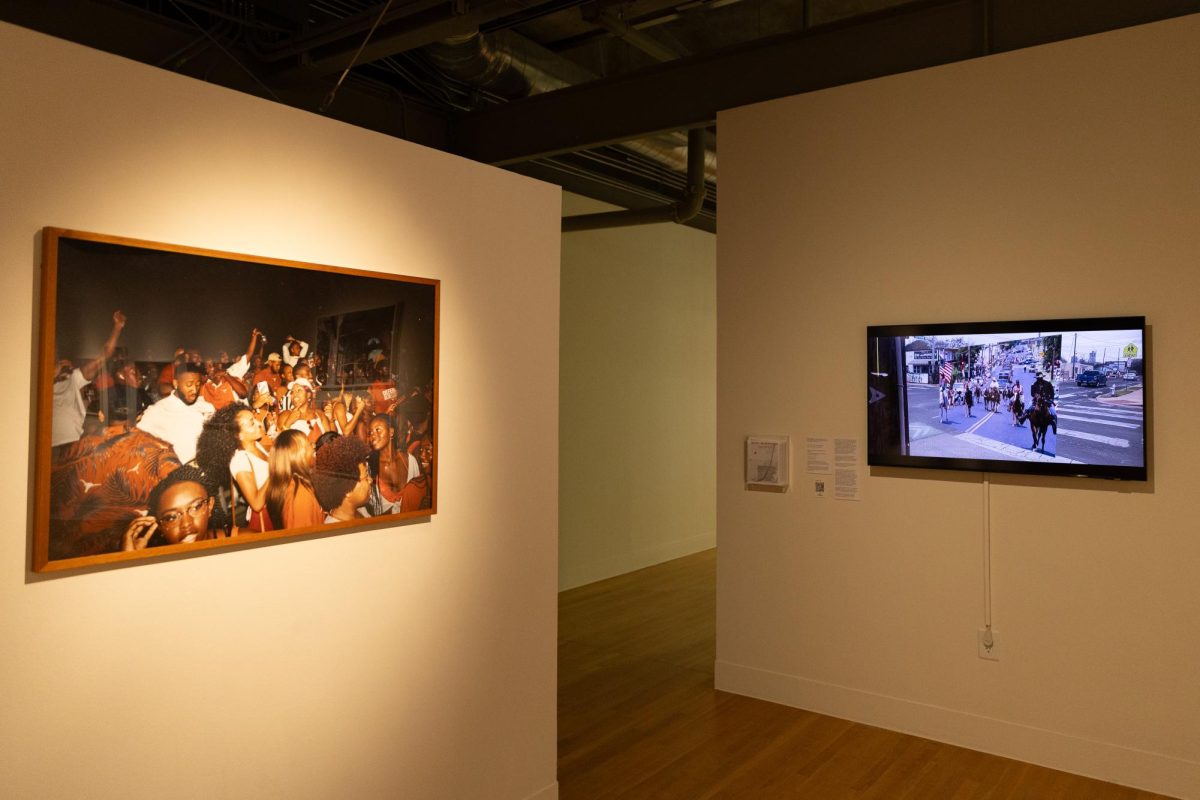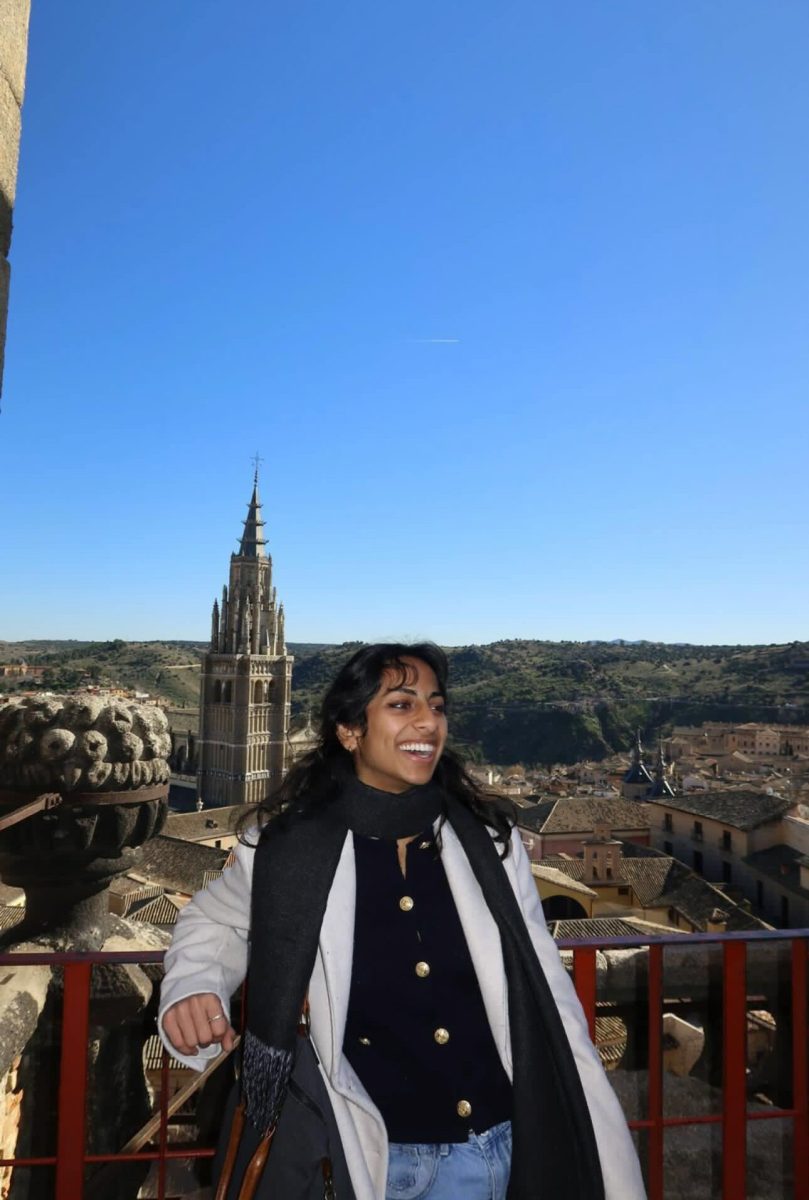In a room smelling of sweat and hand sanitizer, locals are kicking and fighting to defeat their opponent in American Soryu karate.
The Metz Recreation Center, located in East Austin, offers free karate classes twice a week for adults.
American Soryu, a style of karate that originated in Japan, but has localized and evolved in Texas, is characterized by hard contact and long, deep stances. Soryu consists of “kata,” meaning form and structure, and “kumite,” meaning skill and fighting.
Students of karate strive to reach the immortal black belt; but even after reaching it, there are 10 degrees of skill levels to climb. The first degree requires the lowest skill of a black belt. The 10th degree requires the highest.
Inspired by Bruce Lee’s martial arts in the ‘70s, Arthur Flores, a sixth-degree black belt, teaches the American Soryu karate class as the master instructor.
“During the day, you have all these worries and stresses about everything, but here you come out and just forget about it,” Flores said. “When you walk in the door, you’re just supposed to leave everything behind and just concentrate on what you can do. It’s a real stress reliever.”
In addition to relieving the everyday pressures of life, Flores said karate allows people to become healthier by using the sport as a workout.
“I’ve got people that used to always sit around. People who were not very athletic,” Flores said. “But we take it slow. We work on your endurance, your muscles, so that you work your way up. Before you know it, you realize you can kick this, or hit that, and you can breathe now.”
Gerard Rumsey, the assistant instructor, quit smoking in order to breathe more efficiently and improve his karate skills.
“Karate is for any physical style,” Rumsey said. “Karate can be adapted to anybody: with disabilities and anything else. We can teach just about anyone.”
Flores said his karate class includes a diversity of students. Many of his students have told him the discipline and hard work they have learned through karate has rolled over into their personal lives.
“There are belt levels, and with each level there’s a goal,” Flores said. “It’s a hard goal to reach because you have to be mentally and physically ready. You must have the endurance, the motivation and the discipline to reach that goal. It shows that even when you think you want to quit, you keep going. It shows you how to take steps to accomplish what you want in life.”
High school students and college students alike have reached their black belts through Flores’ class. After reaching this goal, his students often display their black belt title on their resumes. Flores said achieving a black belt shows they can stick with something until the very end.
Flores said karate allows his students to create friendships that build levels of trust and loyalty. A few of the teenage black belts and brown belts have been with him since they were eight- or nine-years-old.
“Some people have a bond with their instructor for 30-plus years. It’s a way of life,” Flores said.
Teaching in a modestly small room, Flores said his class is very different from those in traditional dojos, formal temples where students gather to learn Japanese martial arts. Flores said while the dojos teach to make money, he teaches to show his students how to defend themselves.
“I teach students karate the real way,” Flores said. “I show you how to defend yourself for a real situation. The first time you’re on the street and somebody hits you, it’s going to make you go into shock, and you’re not going to know what to do. So in here, I want you to be able to understand that feeling and learn to adapt to it. We want you to be ready.”
Frank O. Selvera Jr., a sixth-degree black belt, said he had a rough childhood, having lost his left eye. Through karate, he found solace and learned to defend himself.
“When I was a child, from the perception of a child living with one eye, I felt like a weakling,” Selvera said. “But now I’m older and I like doing it because it makes me feel good knowing that I still can do it. When I get to be 60 or 70-years-old, I will still continue karate. Doing so will help me maintain my mental, physical and spiritual state.”
Being that karate is a discipline of sport, art and self defense, Flores said you must set goals and be self-motivated in order to succeed and eventually become a black belt.
“Some people have it in them, and some people don’t,” Flores said. “I have it, and I can’t do anything else without it. All I think about is doing this, teaching karate.”
Printed on Tuesday, April 16, 2013 as Free karate class helps Austin find balance

